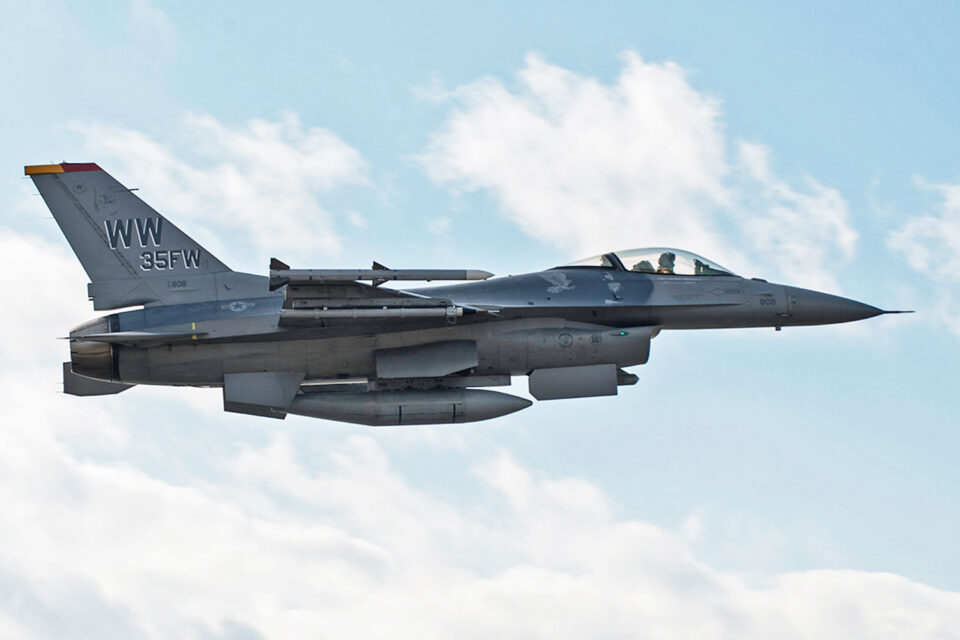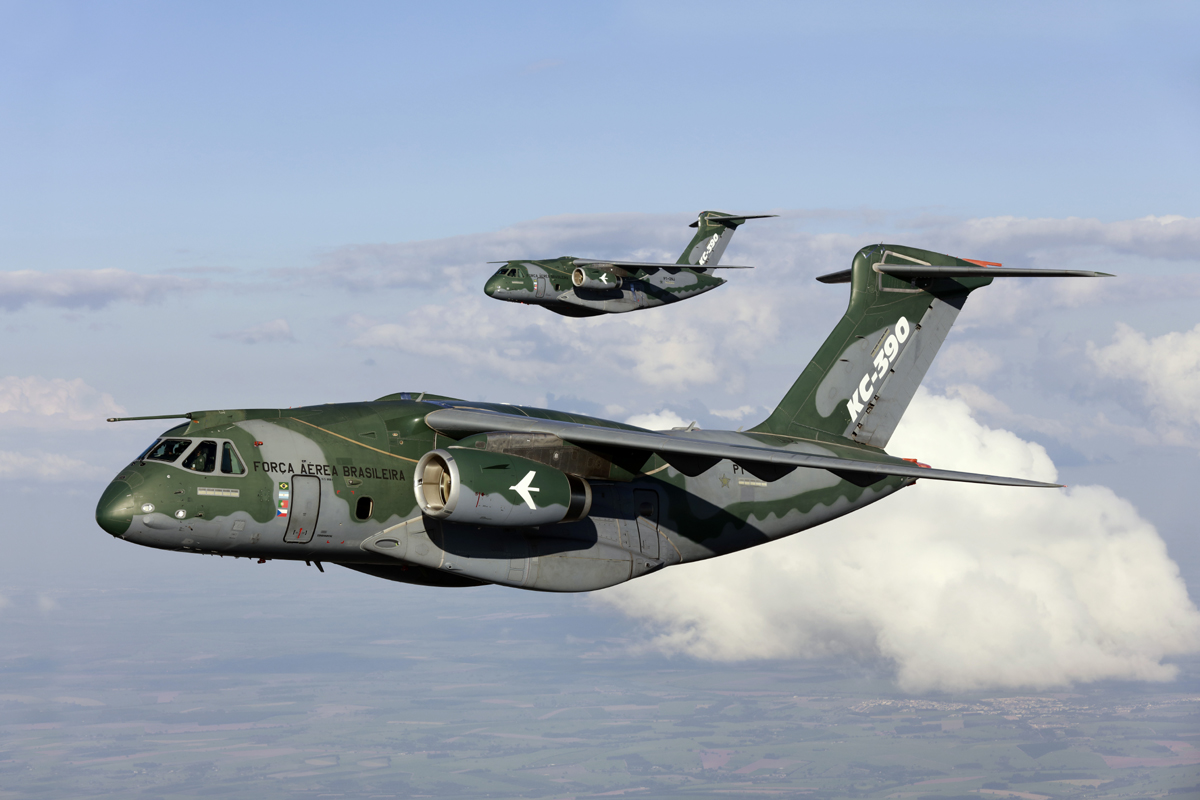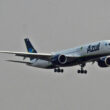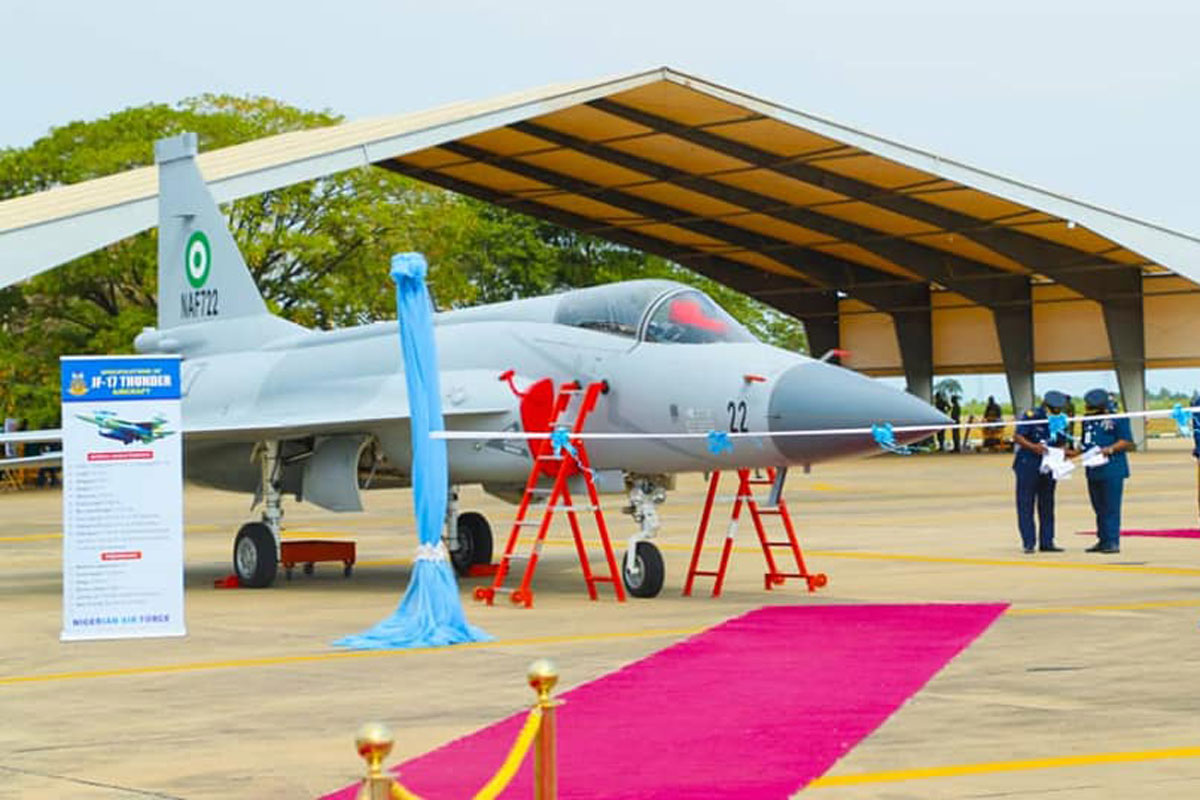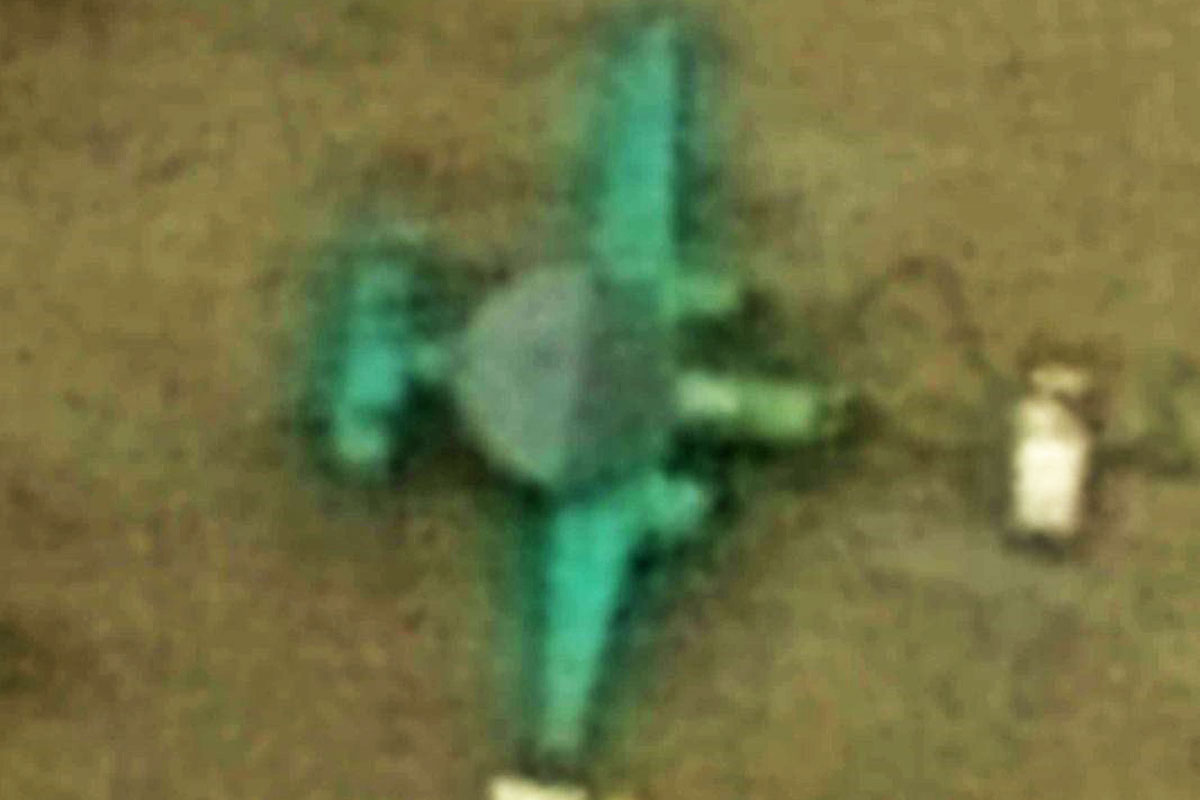The long-running competition to order a new supersonic fighter for the Argentine Air Force had details revealed by the country’s government after a report was delivered to the Chamber of Deputies, according to the Zona Militar.
Argentine lawmakers sent several questions to the Armed Forces regarding the replacement program for the Mirage III fighter jets, decommissioned in 2015.
One of the most important information confirmed refers to the jets competing for the order of 12 aircraft. There are four fighters: the Lockheed Martin F-16, MiG-35, HAL Tejas and CAC/PAC JF-17, considered the favorite in the competition.
The document, however, does not detail which F-16 was offered to the Air Force. It is known that Denmark intended to pass on its first-generation F-16A/Bs, but the US government would also have supported a proposal for new, more modern fighters.
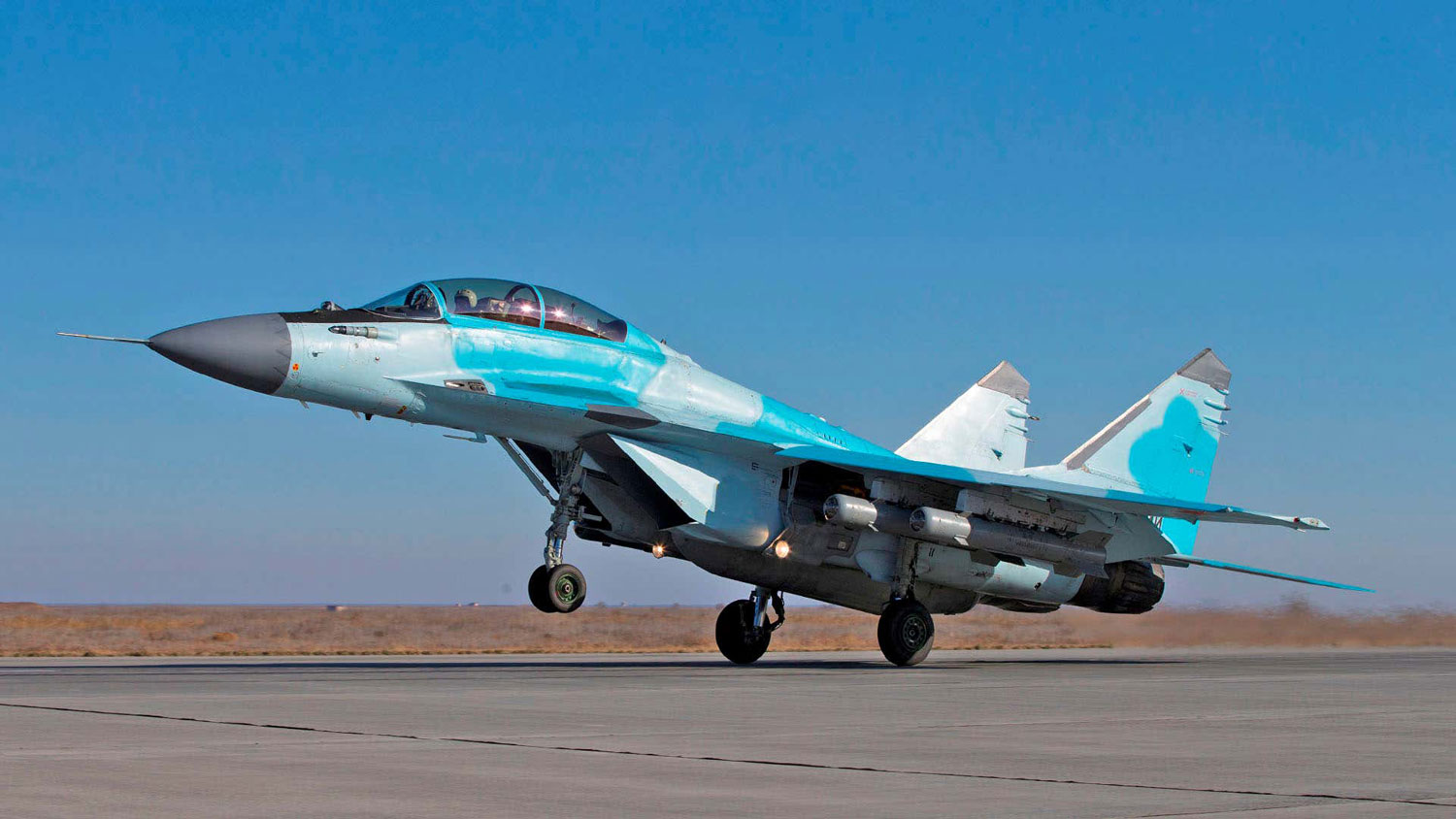
UK embargo
Among the requirements are supersonic capability, have an in-flight refueling probe, electronically scanned radar (AESA), Data Link, electronic countermeasures and not contain any components of British origin.
As is well known, the Falklands War 40 years ago motivated the United Kingdom to promote an arms embargo on Argentina, which has prevented some agreements such as the one that was almost closed with South Korea’s KAI.
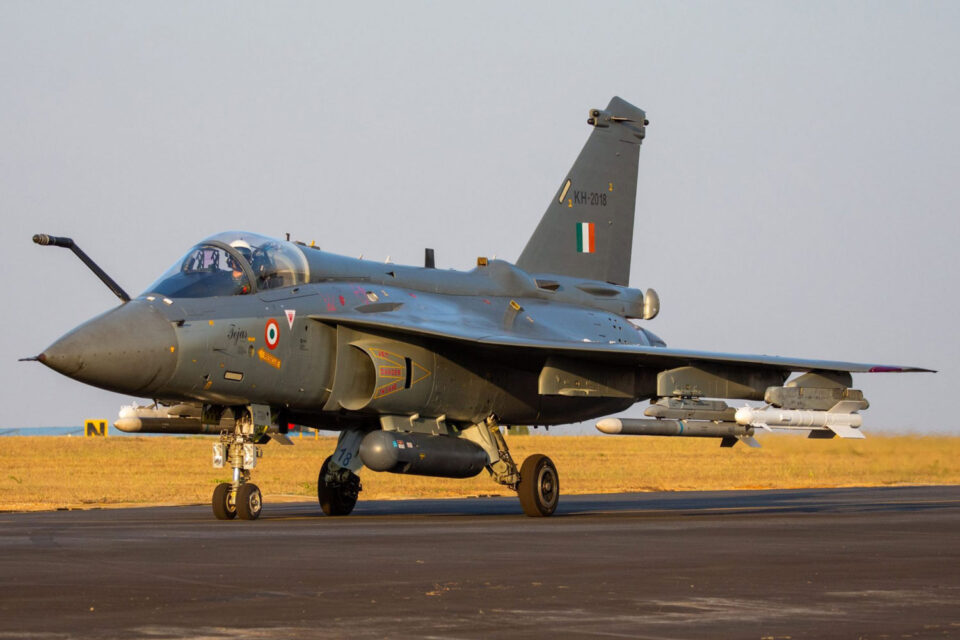
The Sino-Pakistani JF-17 Thunder fighter has been standing out in Argentine evaluations and has shown itself to have advantages over rivals. Among them is the low cost of flight time (US$ 7,600) and having Chinese engines, although of Russian origin.
This is the same situation as for ejection seats, which by default are provided by Martin-Baker (English) on Pakistani JF-17s. However, Chengdu has a local supplier alternative.
Argentina intends to acquire the more advanced JF-17 Block III variant, which recently performed its maiden flight. If the $664 million program fails, the Air Force has said it will have to continue to rely only on A-4Rs and IA-63 Pampa trainers, both subsonic and without genuine air combat capability.
